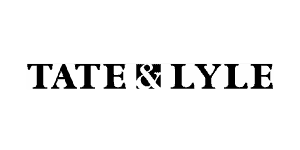It is our job to ensure that industrial noise does not negatively impact our clients. We can also play a big role in ensuring it won’t harm the environment. To do this, we supply specialist tools to keep sound levels down. They come in the form of a discharge vent silencer and various other models. All our merchandise is carefully designed to generate the best reduction in noise without compromising system performance.
The selection of quieter gear can eradicate several noise issues before they can even start. But, this won’t always be possible. As for the next best option, it would be using treatments along the path. They can include things like silencers.
Before you can install anything though, you need to understand what the best approach to noise control is. In this post, we will be discussing that topic to help you.
What are the sources?
The first step towards noise control lies with sound sources. When you can, it is a good idea to acquire source sound levels from a supplier. Preferably, the data needs to originate from formal testing of the performance. This is according to an appropriate standard that is relevant to the equipment. Fans, air handling units, and terminal units are all tested according to particular standards. By testing according to the standards, you can compare and evaluate the results between manufacturers.
As for estimates of noise levels, you should only use them as a last resort. We are on about times when manufacturer data isn’t available. Here estimating is the only option, but it can make it tricky to do a proper comparison with other devices.
Path
The second step here is with the path. After you identify the sources, you can determine the position in relation to the receiver. This will permit you to identify the path by which the noise travels. You can then target the noise reduction.
It is essential to note that noise normally moves through numerous paths. They are both structural and airborne. Thus, you have to evaluate and acknowledge all possible routes appropriately. For example, you may need a discharge vent silencer and other options closer to the source.
In addition, after you treat a path, another could become more dominant. As a result, any extra treatments to the first won’t be very effective. Instead, you need to address the path that is now dominating.
Receiver
As for the final step, it is the receiver. When you identify the source and path, it comes down to assessing the receivers. You must determine those sound levels that are acceptable. This way, you can decide what the cheapest and most effective solution to your noise problem is.
Calculating the sound pressure level at the receiver is the last element of the source-path-receiver concept. It combines contributions coming from every path type. The primary consideration for specifying a design or target sound criteria is the use of the space.
Speak to us for a discharge vent silencer and more
At Ventx, we provide silencers solutions from our base in the UK. We have had the chance to work with an extensive list of clients. Using our knowledge and expert products, you can keep workers and visitors safe. Besides this, you can use them to follow the UK environmental standards. That is important to ensuring you do your bit to help the planet.
So, if our silencers interest you and you’d like to know about the discharge vent silencer or any other model, you are welcome to speak to us. We are the best team to rely on for noise issues.









